

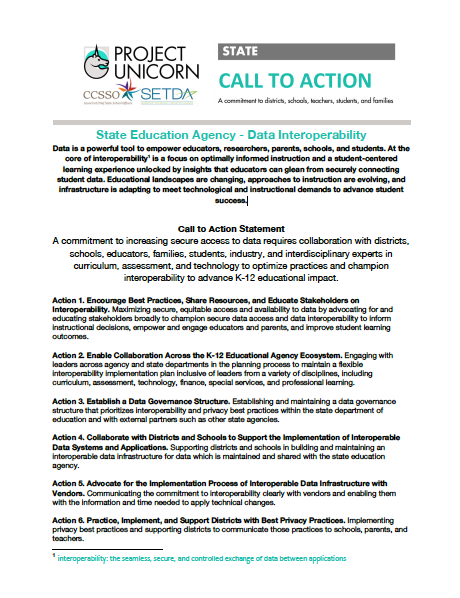
SEA Interoperability Call to Action
Data is a powerful tool to empower educators, researchers, parents, schools, and students. At the core of interoperability is a focus on optimally informed instruction and a student-centered learning experience unlocked by insights that educators can glean from securely connecting student data. Educational landscapes are changing, approaches to instruction are evolving, and infrastructure is adapting to meet technological and instructional demands to advance student success.
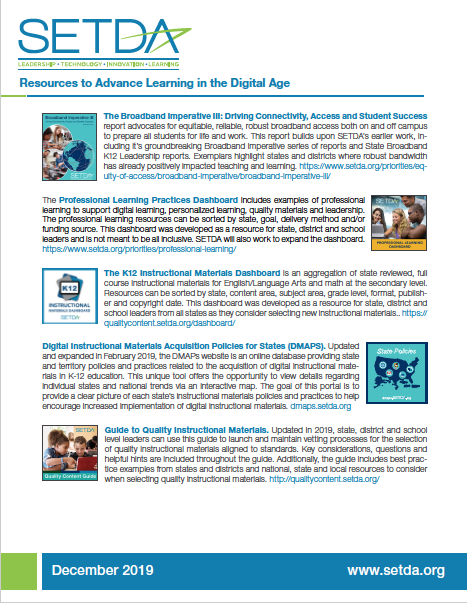
SETDA Resources 2019
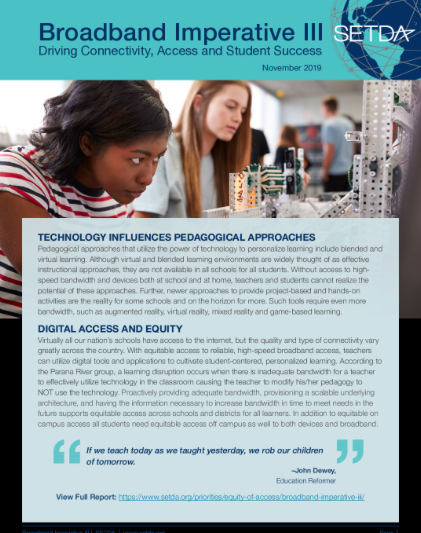
Overview of The Broadband Imperative III
This is a summary of the full report, The Broadband Imperative III: Driving Connectivity, Access and Student Success, which:
advocates for equitable, reliable, robust broadband access both on and off campus to prepare all students for life and work. This report builds upon SETDA’s earlier work, including the groundbreaking Broadband Imperative series of reports and State Broadband K12 Leadership reports. This publication discusses innovative technologies and pedagogical approaches to personalize learning for all students. Further, the report emphasizes the importance of comprehensive broadband planning to meet the needs of teachers and students to avoid a technology disruption. Exemplars highlight states and districts where robust bandwidth has already positively impacted teaching and learning.
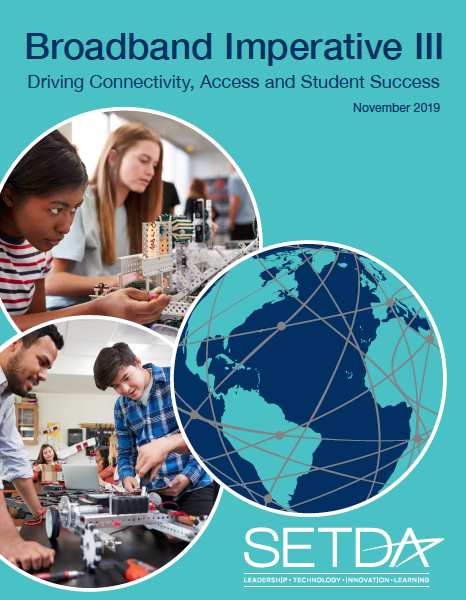
The Broadband Imperative III: Driving Connectivity, Access and Student Success
This report advocates for equitable, reliable, robust broadband access both on and off campus to prepare all students for life and work. This report builds upon SETDA’s earlier work, including the groundbreaking Broadband Imperative series of reports and State Broadband K12 Leadership reports. This publication discusses innovative technologies and pedagogical approaches to personalize learning for all students. Further, the report emphasizes the importance of comprehensive broadband planning to meet the needs of teachers and students to avoid a technology disruption. Exemplars highlight states and districts where robust bandwidth has already positively impacted teaching and learning.
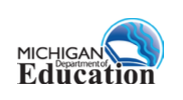
Digital Badges: Principles and Standards of Quality for Recognizing Learning
This resource is a brief summary of various related digital badge articles and could be used as a basis for developing basic standards and criteria for badge use.

The California Way
The California Way: The Golden State’s Quest to Build an Equitable and Excellent Education System discusses the new approach to education in the state that focuses on students developing 21st-century skills of critical thinking and problem-solving, among other issues. The educator preparation standards have been updated to provide teachers and principals with the skills needed to advance student learning in supportive and productive ways.
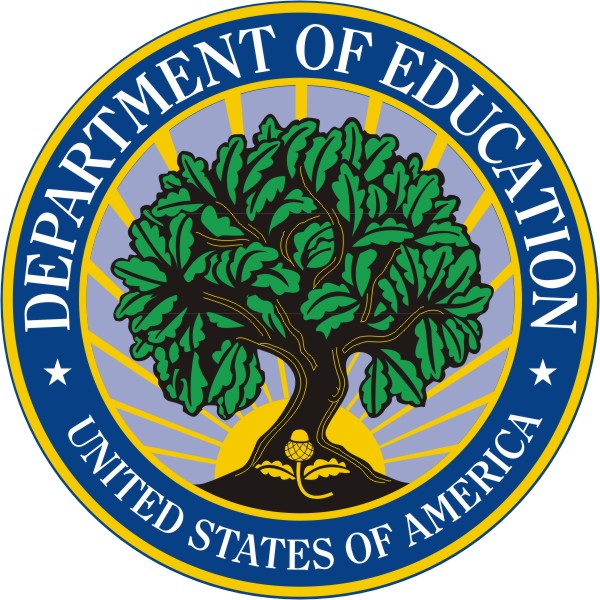
Using Evidence to Strengthen Education Investments
Using, generating, and sharing evidence about effective strategies to support students gives stakeholders an important tool to accelerate student learning. ESEA emphasizes the use of evidence-based activities, strategies, and interventions (collectively referred to as “interventions”). This guidance is designed to help SEAs, LEAs, schools, educators, partner organizations and other stakeholders successfully choose and implement interventions that improve outcomes for students. Part I of this guidance reviews steps for effective decision- making and Part II of this guidance recommends considerations, resources, and criteria for identifying “evidence-based” interventions based on each of ESSA’s four evidence levels in Section 8101(21)(A) of the ESEA.
Supporting Implementation of Evidence-Based Practices Through Practice-Based Coaching
By Patricia A. Snyder, PhD, Mary Louise Hemmeter, PhD, and Lise Fox, PhD
Abstract
In active implementation science frameworks, coaching has been described as an important competency “driver” to ensure evidence-based practices are implemented as intended. Empirical evidence also has identified coaching as a promising job- embedded professional development strategy to support implementation of quality teaching practices. The purpose of the present article is to describe a coaching framework designed to support early childhood teachers to implement evidence- based teaching practices with fidelity. We explicate the key components of the coaching framework, provide theoretical and empirical rationales for each component, and describe how it was operationalized for use as a coaching protocol in several studies. The studies focused on supporting preschool teachers of young children with or at risk for disabilities to implement social-emotional, behavioral, and instructional teaching practices with fidelity. For this special issue, we offer recommendations for future research and considerations for wider scale application and situate each article in the context of coaching and the coaching framework described in this article.
Keywords
intervention, strategies, personnel, professional development, coaching, intervention practices
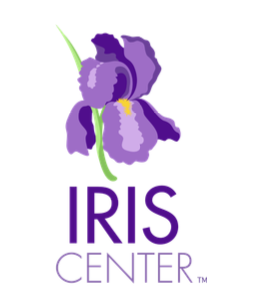
Professional Development Facilitator’s Guide Template
This Professional Development Facilitator’s Guide Template is designed to assist with the delivery of face-to- face professional development sessions about any online IRIS Module. The aim of such sessions is to further support educators’ and administrators’ implementation of the practice, strategy, or framework presented in those modules.
